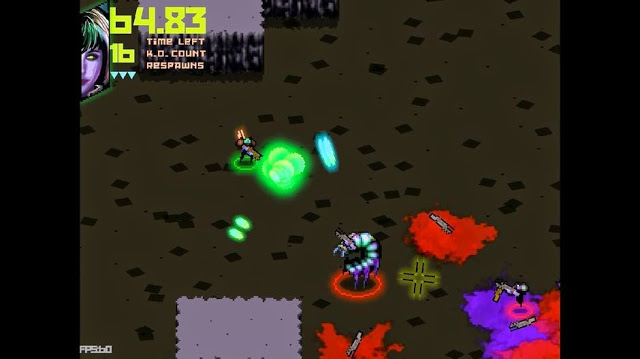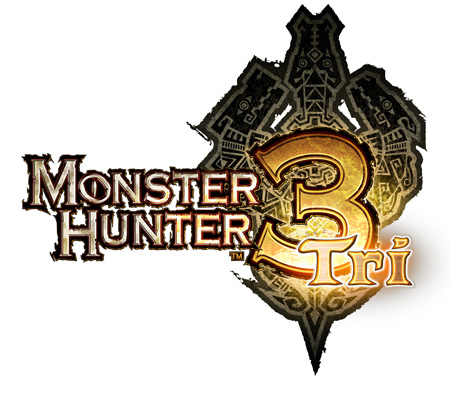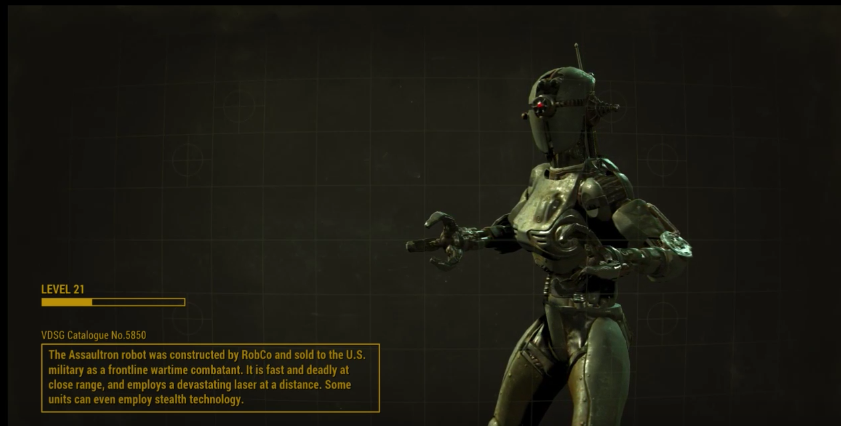

Game Rant’s Jacob Siegal reviews Fruit Ninja Kinect
If you have taken a look at the top 25 section of the App Store any time in the past year, the sight of dismembered fruit is surely nothing new. Fruit Ninja has managed to hold its ground with the iPhone mega-hit Angry Birds for quite some time – and now, much like Rovio before them, Halfbrick Studios is expanding its most popular title to more platforms, including Kinect-compatible Xbox 360’s everywhere.
We got a little bit of hands-on time with the title at E3, and even with that limited playthrough, it was clear Fruit Ninja Kinect had enormous potential to serve as a fantastic party game, and quite possibly one of the only reasons to own a Kinect (other than Child of Eden, of course). But after such a wildly successful and surprising Summer of Arcade, does Fruit Ninja Kinect still hold up? Read on to find out.
I have never been a huge proponent of motion controlled gaming in any form or fashion. The Wii, though it has provided countless hours of unique and original entertainment, has mostly fallen-short of its potential because of its dependence on motion control gimmicks. The Move and Kinect were, arguably, less inspired – and put-off a lot of gamers immediately, myself included. Only when developers think outside of the motion-control box can players truly see the potential in the platform – and, without question, Halfbrick succeeds with Fruit Ninja Kinect.
The familiar color palette and whimsical score give the initial impression that this might be nothing more than a straight-forward port of the iPhone top-seller. Fruits cover the menu screens, anxiously awaiting their imminent doom, but small swipes of the finger are no longer enough to vanquish these juicy, and delicious, foes. Instead, mankind’s only defense will require much grander and more embarrassing gestures: swinging, flailing arm motions. Herein lies the primary problem and, ironically, the joy in Fruit Ninja Kinect.
Wildly slashing at fruit may sound awesome on paper, but in practice, it can be quite a hassle. Playing with friends in the room might be uncomfortable – and playing alone, with a full-body investment in high scores, could cause a frantic rise in anxiety. As a result, at first, it’s hard to imagine how such an odd form of gameplay could lend itself to a fulfilling and satisfying experience. This may sound dramatic but ignoring the fear of outside viewers and game scores, as well as the complete abandonment of expectations, is the key to enjoying Fruit Ninja Kinect.
The game contains several different modes to choose from, including the familiar Classic, Arcade, and Zen Modes. Each has its own simple set of rules, mostly revolving around the consequences of the player’s attention to slicing. Any Fruit Ninja alums will feel right at home in terms of what each mode has to offer.
One of the most enjoyable and sustainable new features is the constant and ever-changing Challenge option. If friends have reached a certain high score in their respective copies of the game, the player will be challenged to overtake their scores on the leaderboards. Otherwise, every time the game boots up, or a previous challenge is failed, a new challenge arises immediately. These challenges vary in difficulty, but serve the important purpose of insuring the player maintains a certain level of proficiency with the title. This is certainly not a hard game to pick up – but mastery requires more than a few swipes at the screen.
Of course, the multiplayer is, once again worth mentioning – especially after our promising preview at E3. Fruit Ninja Kinect offers cooperative and competitive multiplayer modes and both more than serve their purpose as quick and effective party games that show off the capabilities of Kinect – without alienating the casual crowd. The fear of smacking each other for every apple that flew across the screen quickly subsides once it’s clear how precise the fruit-launching (and slicing) is during a multiplayer session. The fact that Halfbrick has not only clearly counted on overly exaggerated gestures – but solved the problem with precise controls is very impressive.
On top of all this content, unlockables and achievements lie around every corner. Everything to be expected from a Fruit Ninja game is present, from backgrounds to blade effects, and even shadow skins which can manipulate the way players and friends appear behind the fruit.
The key is to let go and enjoy the experience – though, the menu system remains the title’s one less-than-polished hold-over. After finishing an intense game of Arcade Mode, it is highly unlikely the player will be standing stock-still until the menu options appear. Unfortunately, post-game stretching can lead to unwanted menu choices – at times restarting a game-mode that had just been played – without any apparent way to quickly exit out or correct the mistake.
Choosing new blades and backgrounds also requires a crazily cumbersome and inscrutable slashing motion that the Kinect manages to misinterpret much too easily – which is especially strange given the precision of the actual in-game slashing. These are not deal breakers by any means, and never hamper the precise and enticing gameplay, but they are issues that could have been worked out before release. Hopefully there will be a quick patch in the future to squash these small bugs. Regardless of any of these minor issues, this is undoubtedly a necessary Kinect game for any 360 owner’s collection.
Fruit Ninja Kinect is currently available exclusively on Xbox Live Arcade for 800 Microsoft Points ($10).




 Fallout 4: How to Kill Assaultrons
Fallout 4: How to Kill Assaultrons Bloodborne: The Old Hunters – Here's how to farm Blood Vials
Bloodborne: The Old Hunters – Here's how to farm Blood Vials 5 Goat Simulator Mods You Need To Try
5 Goat Simulator Mods You Need To Try Escape the Can Walkthrough
Escape the Can Walkthrough How To Get Luke And Darth Vader Characters In Star Wars: Battlefront
How To Get Luke And Darth Vader Characters In Star Wars: Battlefront